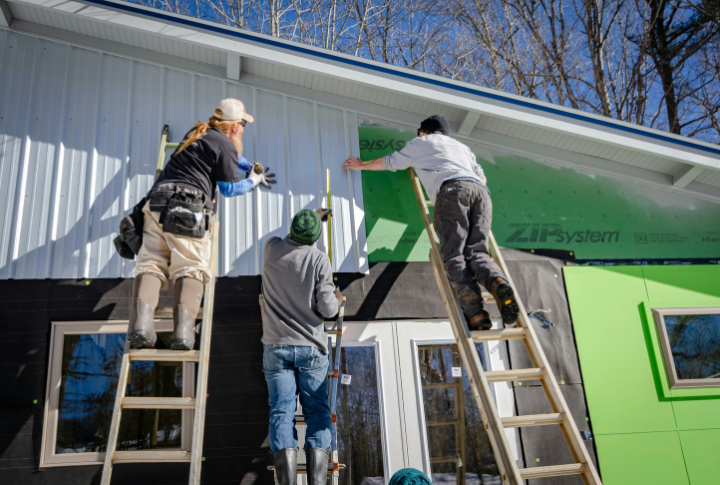
Building a new home is often seen as the ultimate dream, but it’s not always a smooth journey. While the idea of a brand-new space can be enticing, some pitfalls can turn excitement into regret. Here are some compelling reasons why jumping into new home construction might not be the best decision.
Time-Consuming Process

New home construction often takes much longer than anticipated, exceeding the original timeline. Delays may arise from factors like weather, labor shortages, or supply chain issues. This extended schedule can be disruptive, particularly if you’re planning a move or selling your current home.
Lack of Established Community

Newly developed areas can lack the sense of community that established neighborhoods offer. With neighbors constantly moving in, it can be hard to create a stable, friendly environment. Schools, parks, and local businesses may also not be fully developed, limiting your options for amenities.
Risk of Going Over Budget

It’s easy to get carried away with upgrades during the building process, which might push your budget to the breaking point. Those little extras—better flooring, high-end appliances, or custom cabinetry—can quickly add up. Without strict financial discipline, you could spend far more than planned.
Potential for Construction Quality Issues
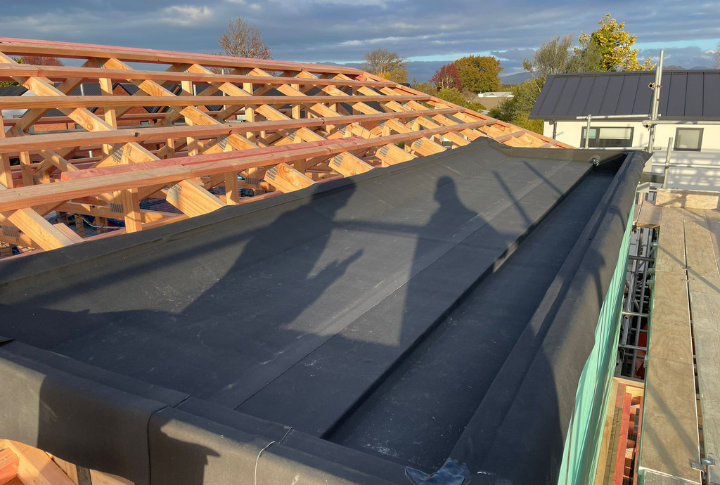
Even with reputable builders, construction quality can vary, and this can leave you with a home that requires frequent repairs. Poor artistry can manifest in uneven floors, faulty wiring, or leaky roofs, among other issues. These flaws can reduce your home’s value and lead to ongoing maintenance costs.
Resale Challenges in a Changing Market

New homes aren’t always easy to resell, especially if the market changes or trends shift. Future buyers may not share your taste or be willing to pay a premium for a home that’s no longer “new.” The customized features you love could be turn-offs to potential buyers, making it harder to get your money back.
Potential for Builder Disputes
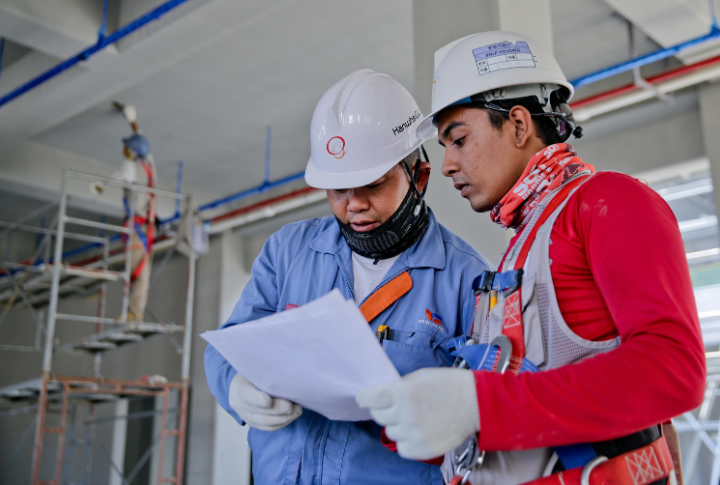
Issues with your builder can arise at any stage of construction, leading to disputes and legal complications. Miscommunications or disagreements over costs can strain the relationship. In extreme cases, you might need legal intervention to resolve these disputes, which can turn your dream home project into a nightmare.
Limited Customization Options in Reality

While custom builds are supposed to reflect your unique taste, many builders offer limited design options. You might choose from a set list of features rather than customizing every aspect. Standard floor plans, fixtures, and finishes might make your home feel less personalized than you envisioned.
Constant Construction Noise and Mess

The noise and mess of a construction area can unexpectedly disrupt your life. Hammering, drilling, and heavy machinery transform your new home into a chaotic zone if you’ve already moved in. Dust and debris invade your personal space, adding stress and making it difficult to enjoy your new surroundings amidst the ongoing construction.
Limited Room for Negotiation
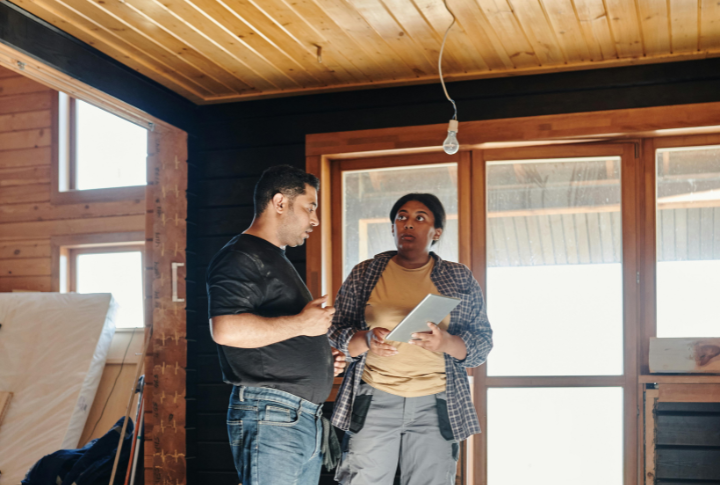
When building a new home, there’s often less flexibility to negotiate compared to purchasing an existing property. Builders typically stick to set prices for the basics and then charge extra for customizing features. Even the slightest upgrade—a change of paint or door handles—can come with a hefty price tag, leaving you with fewer opportunities to save.
Managing the Construction Process Can Be Stressful
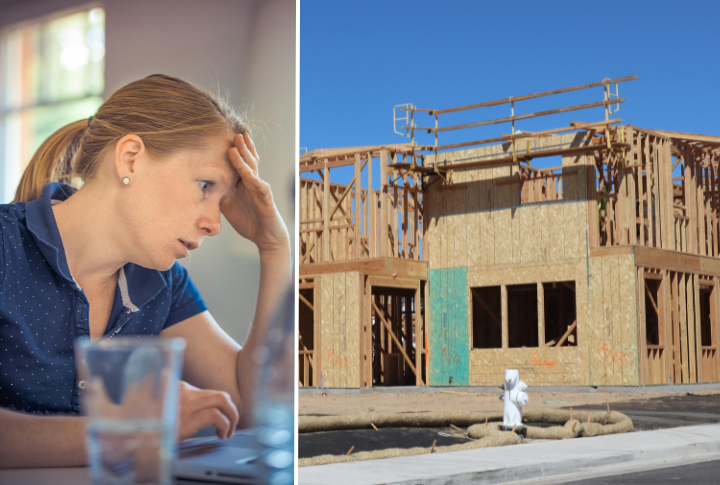
Building a home requires managing countless details, from coordinating contractors to approving final finishes. Even with a general contractor, you’ll need to be hands-on to make decisions and deal with hiccups. The stress of managing timelines, budgets, and unexpected issues can turn what should be an exciting process into a daily grind.
Lack of Mature Landscaping
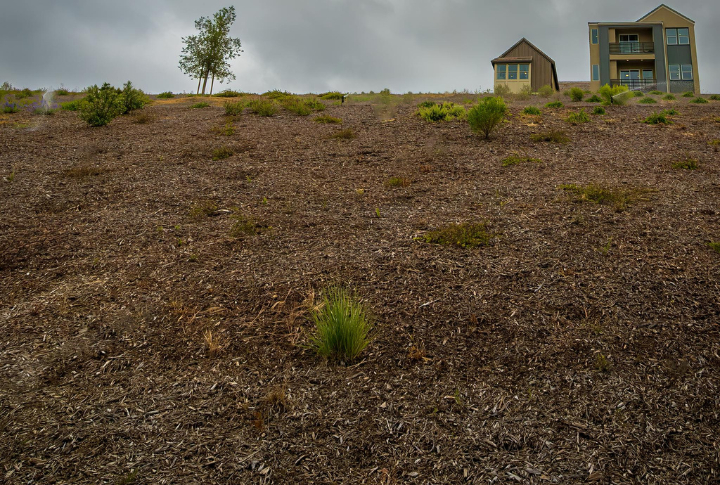
A newly built home often means starting from scratch with landscaping because those barren yards can be unappealing. It takes years for trees, shrubs, and lawns to mature, and until then, your outdoor space may feel stark and uninviting. Investing in mature plants is costly, and waiting for your landscaping to grow can be a long, slow process.
Sudden Unavailability of Materials
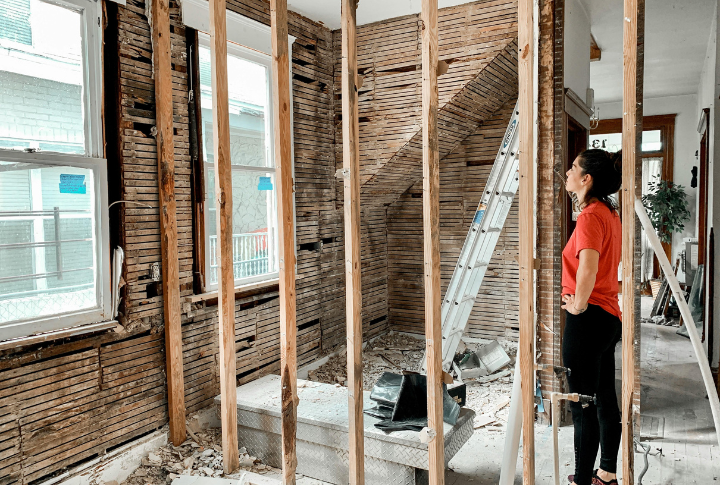
Global supply chain issues can lead to delays and increased costs for building materials. Shortages of items like lumber, steel, or appliances can halt progress unexpectedly. The unavailability of essential materials can also force you to make unwanted compromises, and uncertainty adds another layer of complexity to the home-building process.
Unexpected Site Problems
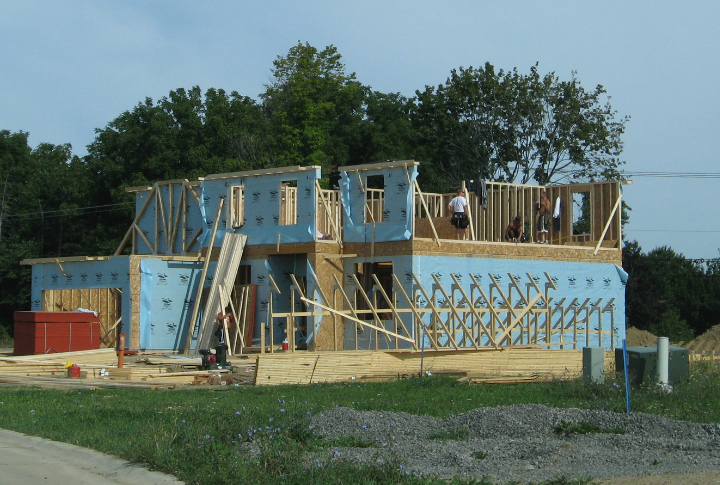
Even the most promising piece of land can hide expensive surprises beneath the surface. Soil issues, drainage problems, or unanticipated rock formations can lead to costly site preparation work—excavations and drilling. Site-specific problems are often discovered after construction begins, leaving little room for budget adjustments.
Warranty Limitations and Issues

New homes typically come with warranties, but they aren’t foolproof. Warranty coverage varies widely, often excluding key components or setting short time frames. When issues arise, getting repairs covered can be a hassle, which might involve lengthy negotiations with builders or warranty companies. You might pay out of pocket for what you thought would be covered.
Hidden Environmental Impact
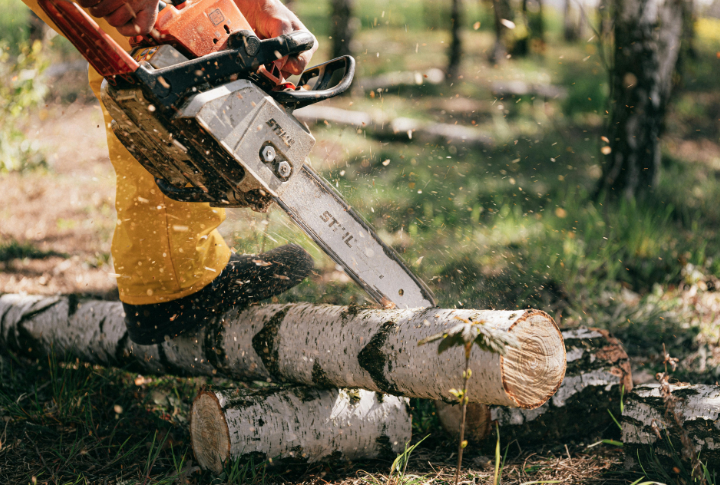
Building a new home means clearing land, which can disrupt local ecosystems and wildlife habitats. Many new homes are built in previously undeveloped areas, and this leads to increased urban sprawl and loss of green space. The environmental footprint of new construction is often much more significant than buying and renovating an existing home, which may weigh heavily on eco-conscious buyers.

